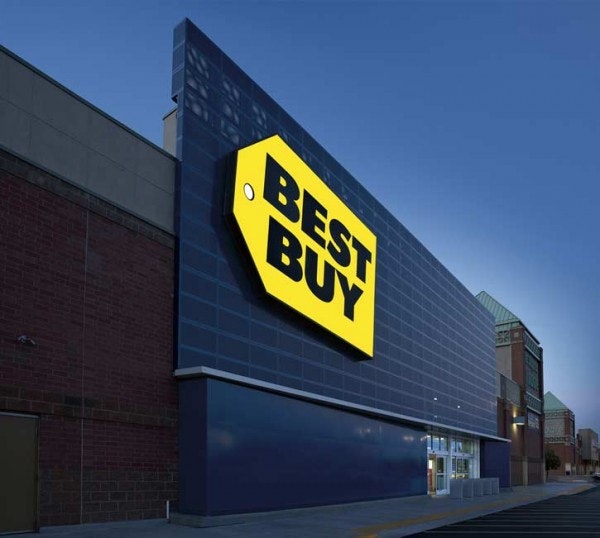Credit Suisse on last Wednesday reinstated coverage on big box electronics retailer Best Buy Co., Inc. (NYSE:BBY) with an “outperform” rating and a $30 price target (NYSE:TGT), writing in a note that outsized returns in retail happen over time in two scenarios, “management change being the primary one and acquisitions the other.”

Best Buy announced its Q4 and annual results on March 1. The company reported Q4 revenue of $16.71 billion, marginally higher than $16.67 billion in the comparable period last year. It managed to bring down the net quarterly loss to $409 million from $1.81 billion in the fourth quarter of 2011. Best Buy’s results were stable in the fourth quarter due to 11% growth in online sales, driven primarily by the price matching strategy in the holiday season [Best Buy 8-K, SEC].
In this article, I will focus on Best Buy Co., Inc. (NYSE:BBY)’s turnaround plan amid a weak global economic recovery, while evaluating whether it is justified to buy Best Buy’s stock at the current price.
Renew Blue initiative could turnaround Best Buy
In order to achieve its objectives for 2013-14, Best Buy has outlined certain key initiatives under the “Renew Blue” program.
The big focus will be on accelerating growth in the online segment. The company intends to increase online traffic, and increase the conversion rate among visitors by providing a more interactive shopping experience. The company will now track its users’ preferences based on their browsing history. They will also provide improved search tools on their sites by revamping the platform.
Big investments are being made to improve the multi-channel experience. In addition to improving the functional experience online, Best Buy Co., Inc. (NYSE:BBY) has introduced a new metric called the Net Promoter Score (NPS) to track customer satisfaction levels with the company’s service.
Best Buy will seek to reduce costs through intelligent inventory management and supply chain optimization. Further cost reductions are planned through real estate optimization and trimming down SG&A expenses. Moreover, potential sale of Europe and China operations could fetch an additional $600 million-900 million.
Retailers’ nightmare – 1: Discounting strategy backfired
During the recession, retailers were cashing in by offering discounts to cash-strapped customers. Now, that strategy has backfired. It has bred a group of deal junkies that won’t shop unless they see 70% signs or yellow clearance stickers. They’re a thorn in the side of most retailers, because the discounts it takes to get them into stores eats away at profits. In fact, retailers’ annual profit growth was cut in half between 2006 and last year, according to a survey of 122 merchants by research firm Retail Metrics.
So, big chains like J.C. Penney Company, Inc. (NYSE:JCP) and Lowe’s Companies, Inc. (NYSE:LOW) are offering sale-addicted customers “everyday low” pricing. It’s the biggest shift in pricing in decades, but retailers have a long way to go to convince shoppers that predictable pricing is better than the temporary promotions that they’ve grown to love.
In fact, last year, nearly three-quarters of 1,000 shoppers surveyed by consumer research firm America’s Research Group said they would take discounts of at least 50% to get them to buy a given item. That’s up from 52% in 2005.
Retailers are to blame for the increase. To help break the vicious cycle of discounting, merchants have to think of ways to attract shoppers that can be just as intoxicating as two-hour sales or coupons. That could mean top-notch service or exclusive merchandise, for instance.

